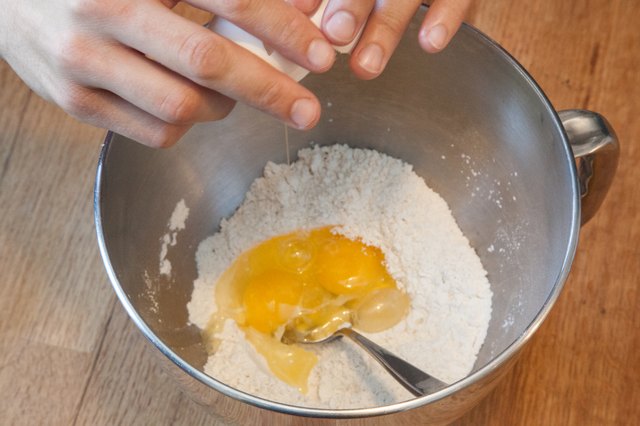
How To Make Crack Cocaine On A Spoonful Of Comfort
Jan 25, 2018 - Photo courtesy Step 1 (left): Dissolving powder cocaine in hot water Step 2 (right): Adding sodium bicarbonate to the mixture Crack cocaine is. Proshivka kontrollera batarei noutbuka hp. How Crack Cocaine Works. To make crack, powder cocaine is dissolved in a mixture of water and either ammonia or sodium bicarbonate (baking soda). The mixture is boiled to separate out the solid, and then it's cooled. The solid is then dried and cut up into small nuggets, or 'rocks.' Crack rocks are white or tan in color.
Did you know that soup can be prepared and then frozen for a quick and easy dinner on another day? The best way to freeze soup is by first letting it cool in an ice bath. Next, you pour it into a zip-top plastic freezer bag and then simply lay it flat in the freezer.
Pretty easy, right? There are a few other things to consider when freezing soup, but don’t worry—we’ll tell you everything you need to know about storing soup in the freezer safely. Can You Freeze Soup? There are lots of soups that freeze well, whether they are homemade or store-bought! After all that work you put into it, you definitely don’t want to see it go to waste.
According to the, you can freeze your soup for anywhere between two to three months. Can You Freeze Soup After 3 Days? When exactly should you put it in the freezer?
Ideally, you should freeze whatever you’re not planning on eating immediately, but the Federal Food Safety Information says you can freeze it within three to four days of making. As to whether or not you should freeze it after three days—we’ll let you make the judgment call. What Are the Best Containers for Freezing Soup? No matter what you choose to use when storing soup in the freezer, whether it be bags or jars, the most important thing is to make sure that you are using a container designed for freezer storage. Any other type of container won’t be able to withstand the chill without cracking. How to Freeze Soup in Plastic Containers, Mason Jars, Glass Containers, and Tupperware Whenever you’re storing soup in the freezer in a plastic or glass container, it’s important that you leave room for the food to expand without causing the container to crack.

At the very least, leave a ¾-inch space at the top of the container for the food to expand. Always freeze soup in small or even individual portions as to avoid a stall in cooling time and prevent risking foodborne illnesses. Is It Safe to Freeze Soup in Plastic Containers? Not all plastics are made equal. Always be sure to store food in containers that are made from safe plastics and do not contain polyvinyl chloride, polycarbonate, or polystyrene. Best Soups to Freeze Just like the plastic containers we keep them in, not all soups are meant to be frozen.
Below, we’ve touched base on a few of the more complicated recipes that differ from the simple soups that freeze well. Can You Freeze Potato Soup? Freezing potato soup isn’t ideal because the potatoes will fall apart and create a strange chunky consistency. Thawing and reheating can also lead to a mushy texture, so save the potatoes for the fresh recipes. Can You Freeze Chicken Noodle Soup?
Freezing chicken noodle soup is possible, but there’s a trick to it. If you want whole noodles that aren’t broken apart by the time you thaw and reheat, then freeze the chicken noodle soup without the noodles. When you’re ready to eat it, whip up a fresh pot of noodles while the soup thaws and add them to the reheated batch. Can You Freeze Cream Soups?
Cream soups have a tendency to really thicken up in the freezer, so you’ll need to be patient when it comes time to thaw and reheat. The Best Ways to Reheat Frozen Soup There are multiple ways to reheat frozen soup once it has thawed. Use this quick guide to reheating frozen soup using the method that works best for you. Microwave: Once partially or completely thawed, empty freezer container into a microwave-safe bowl and cover with plastic wrap. Poke holes in the wrap for ventilation and microwave for 30-60 seconds, stirring once or twice at intervals to maintain an even consistency.